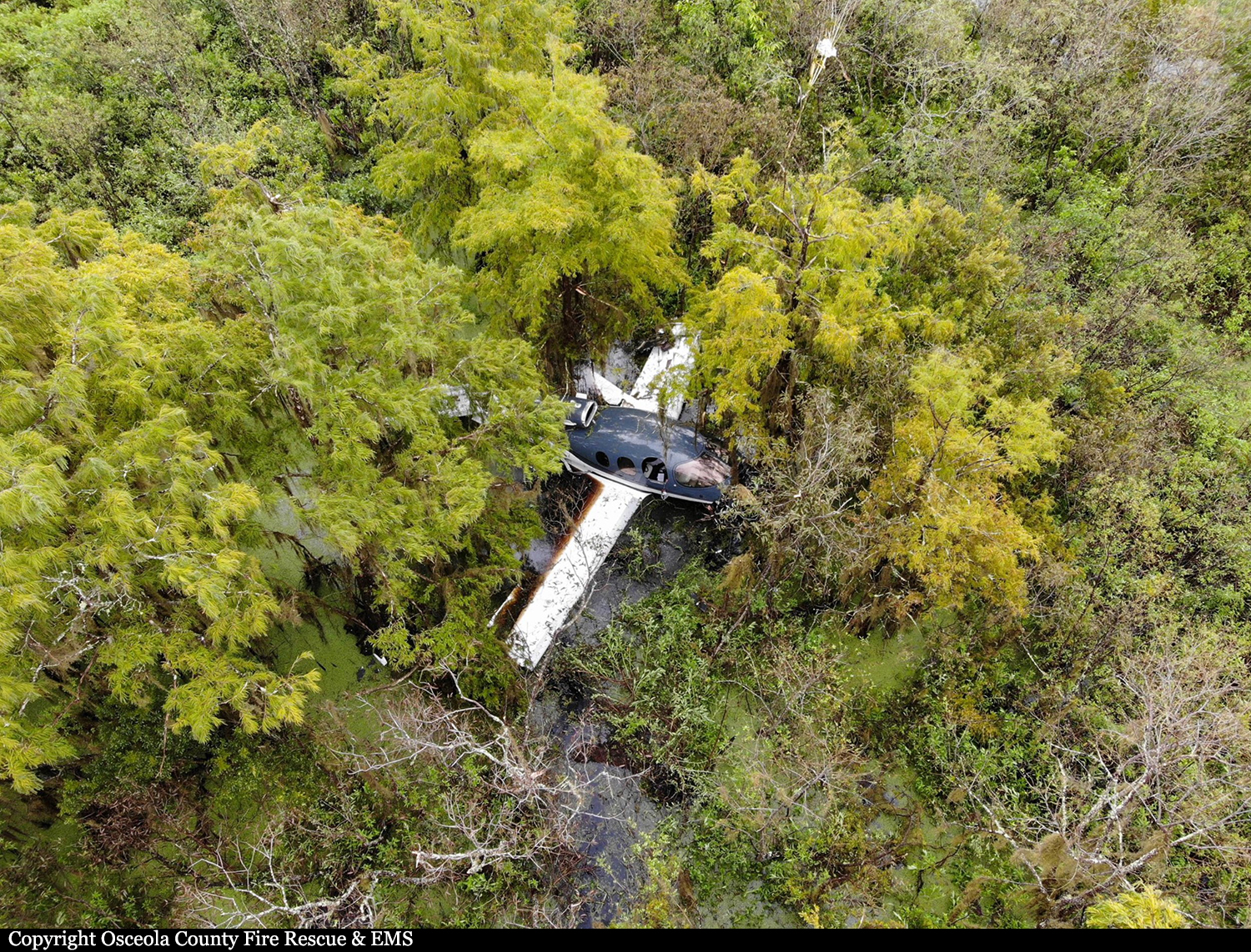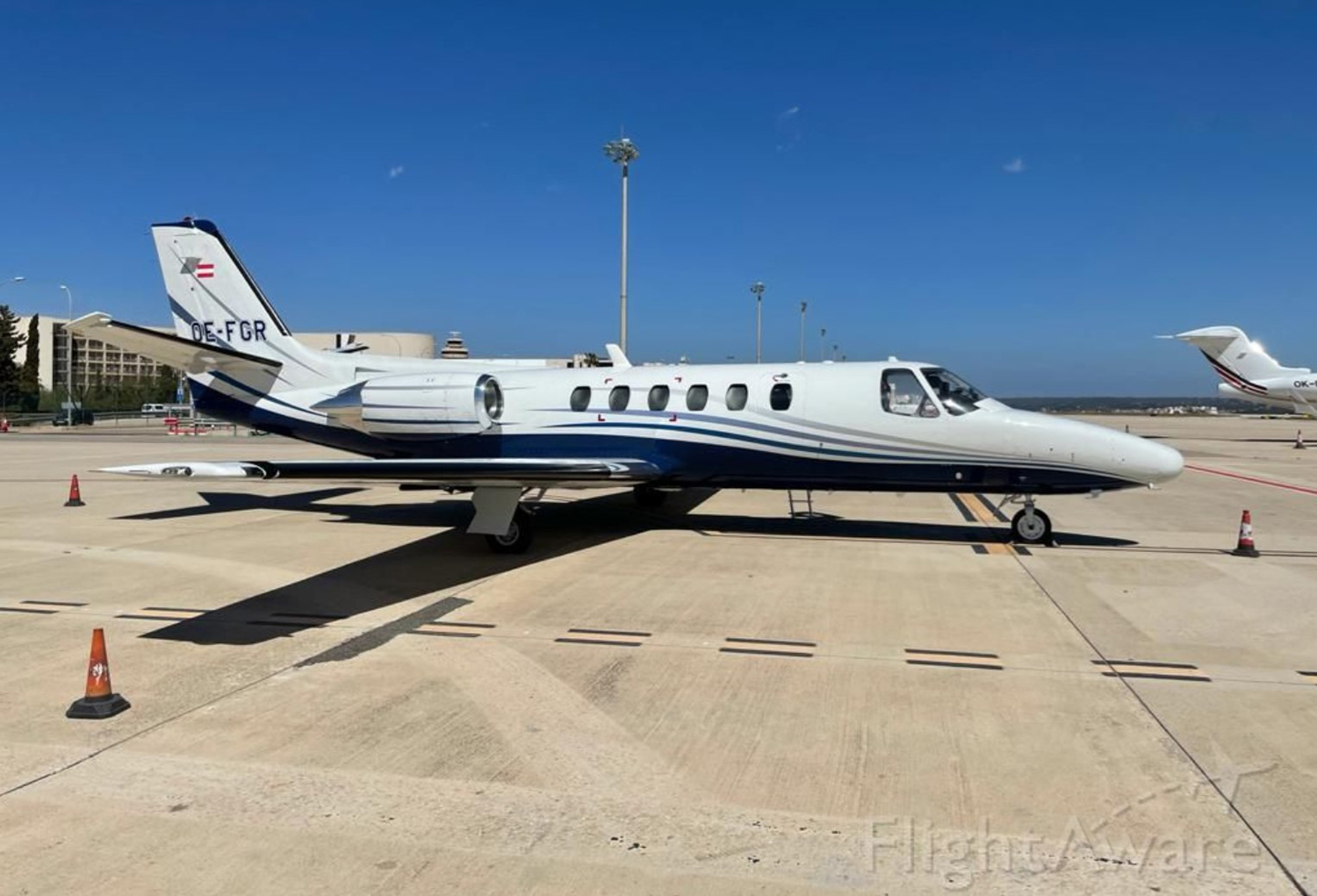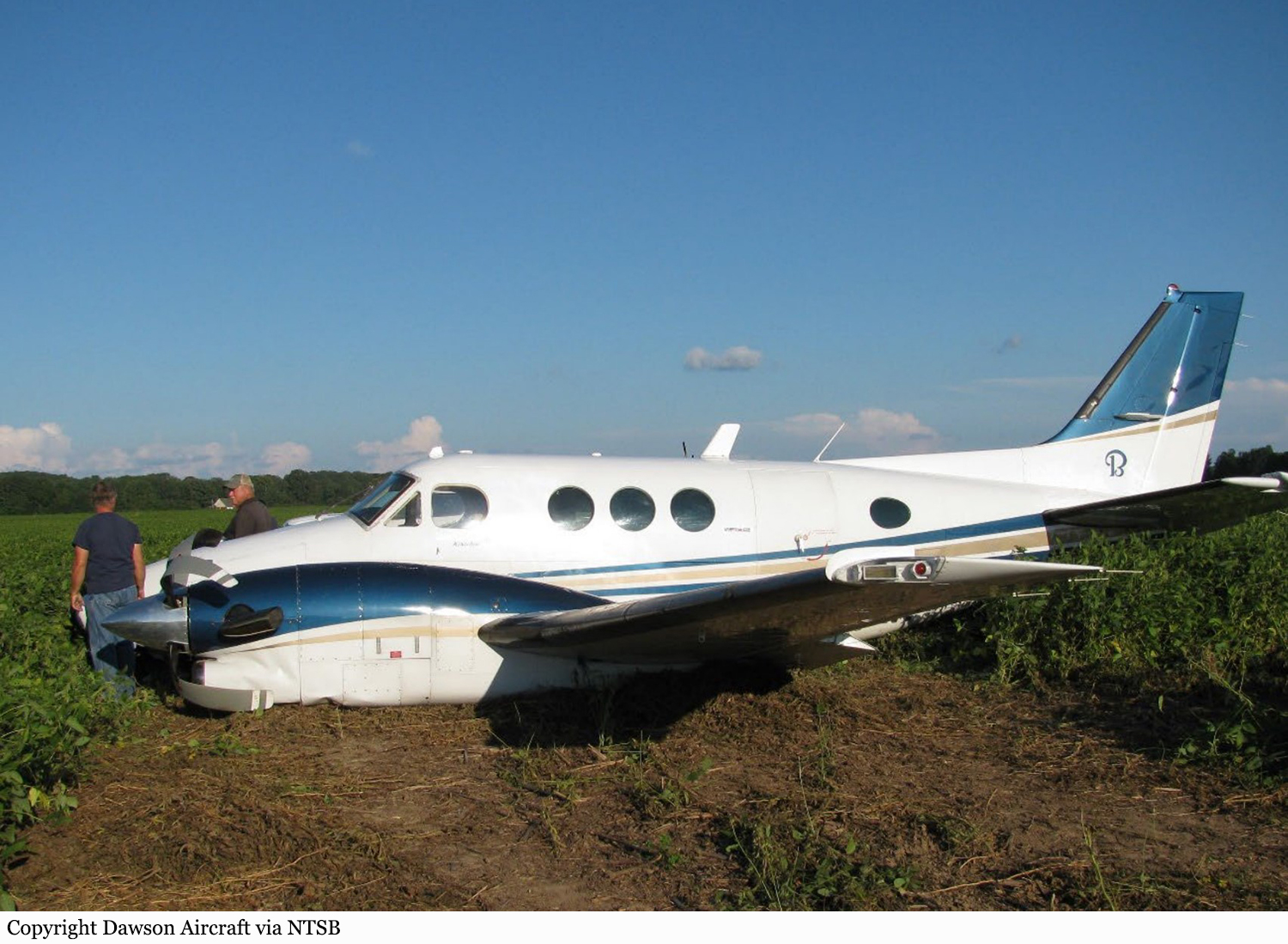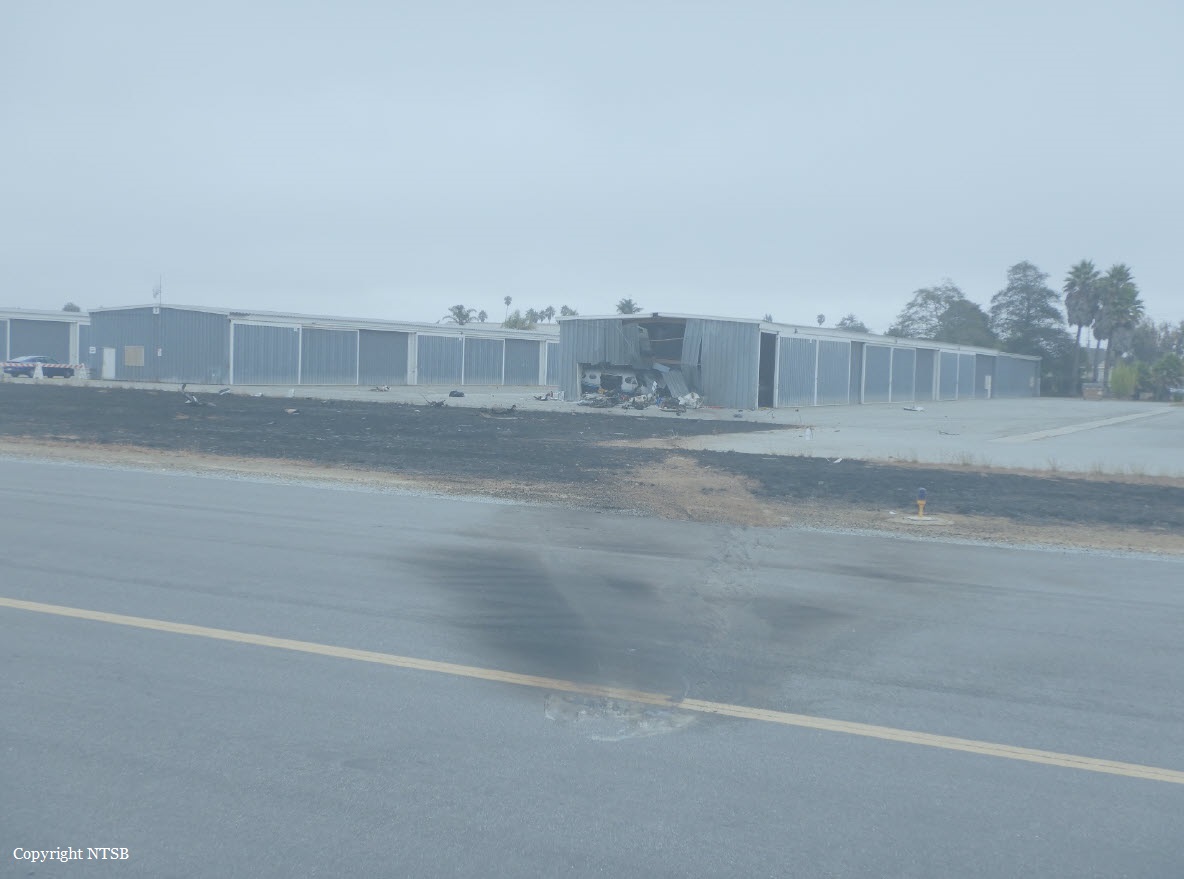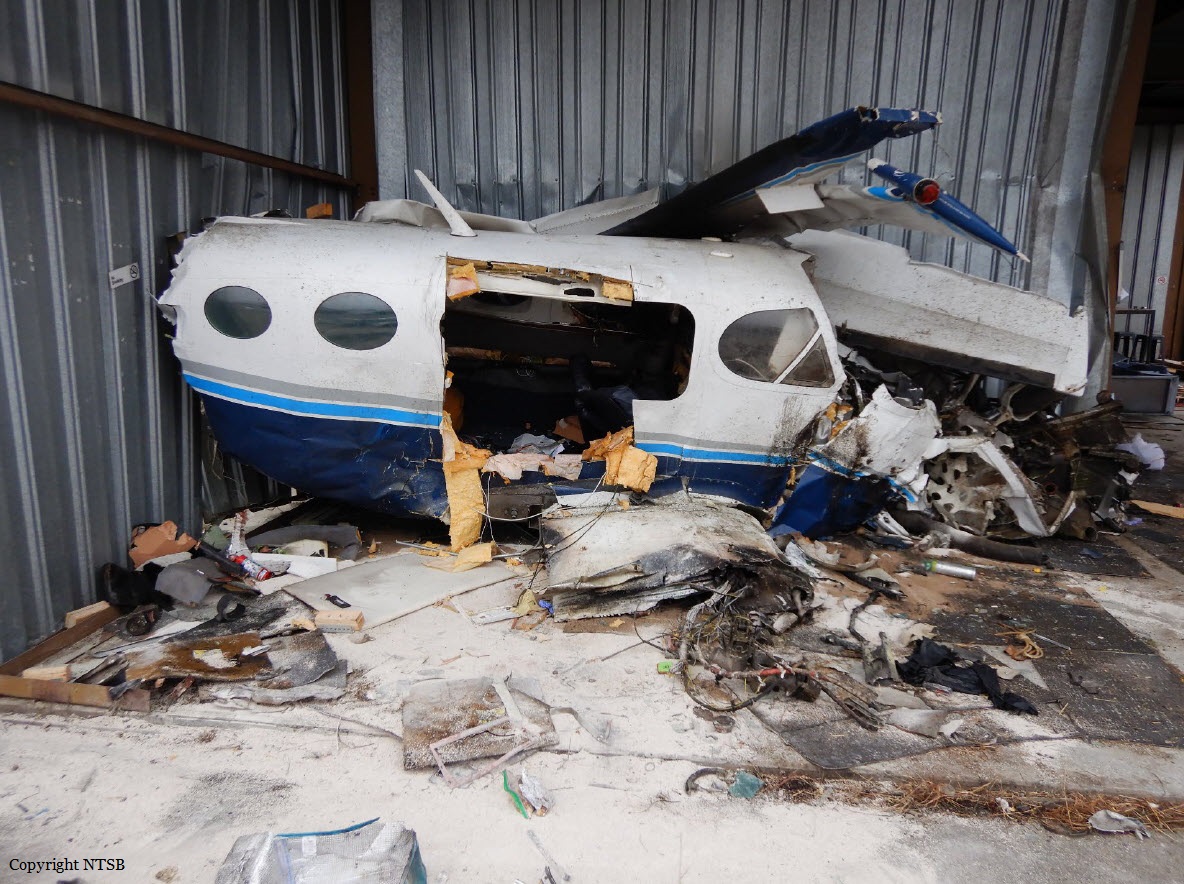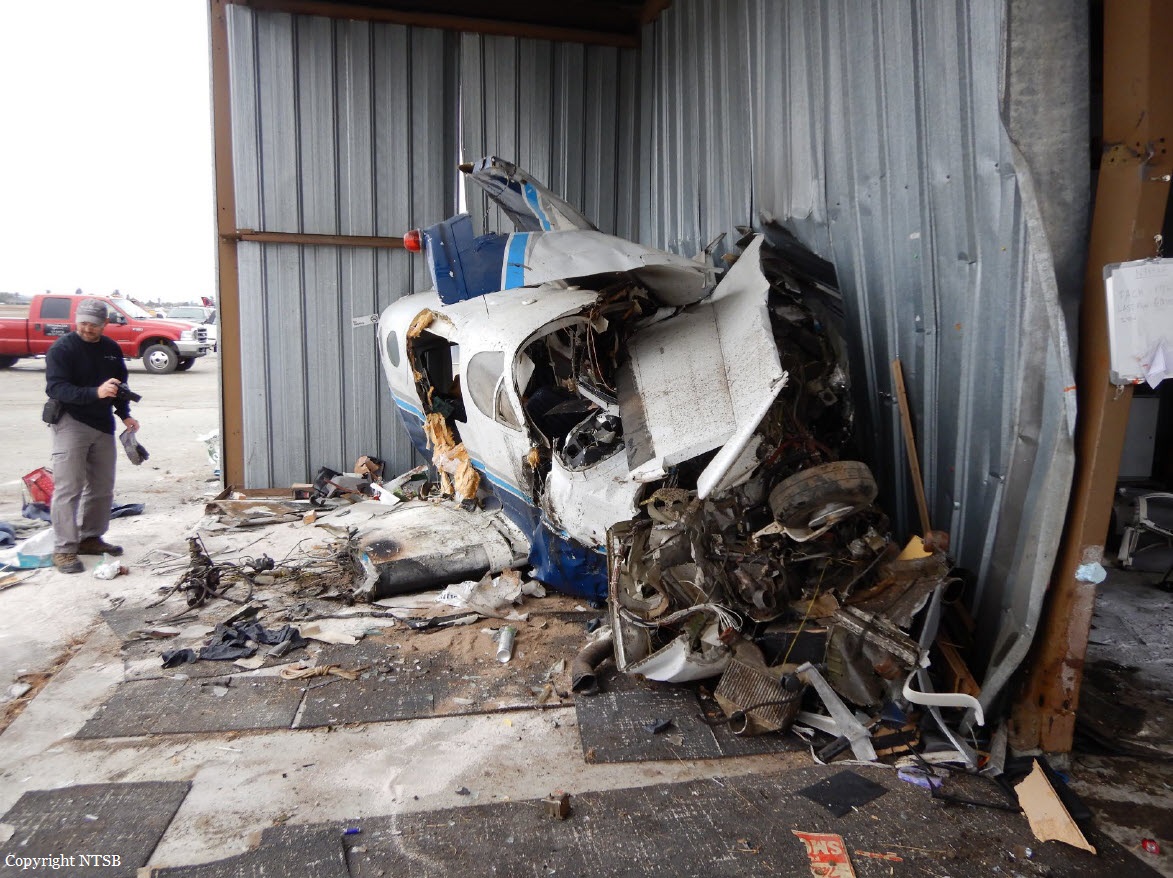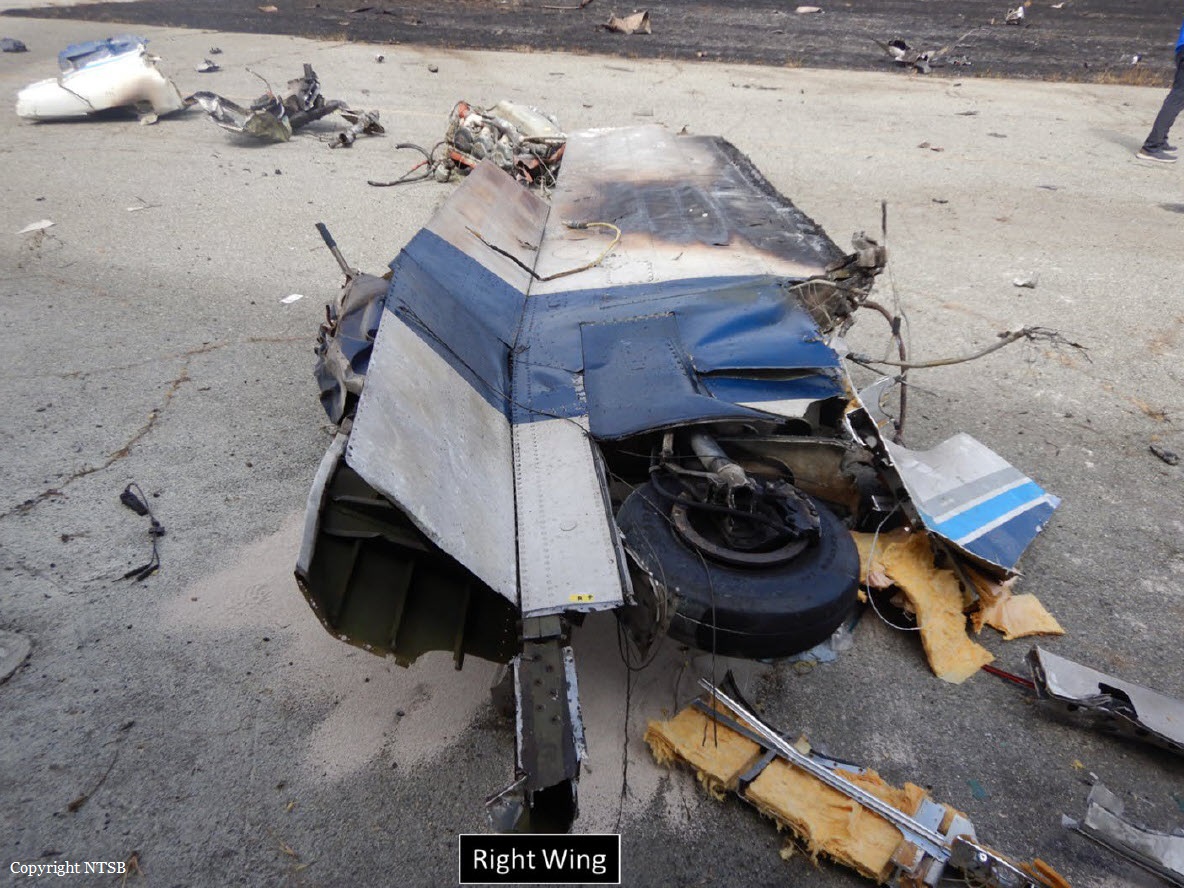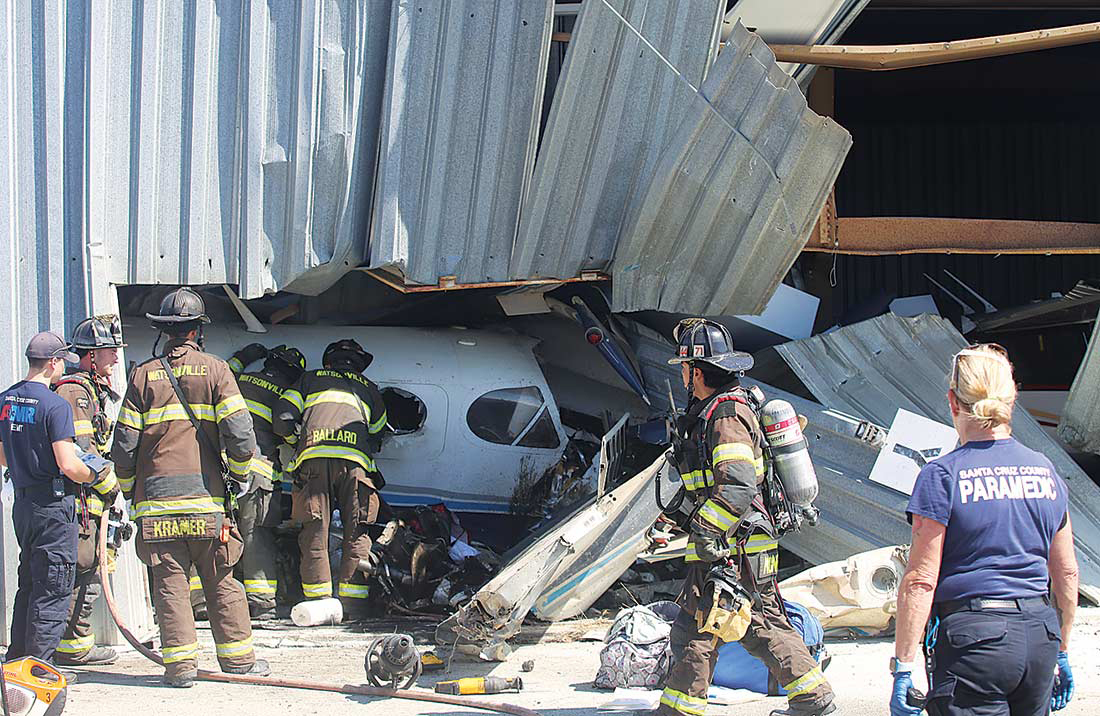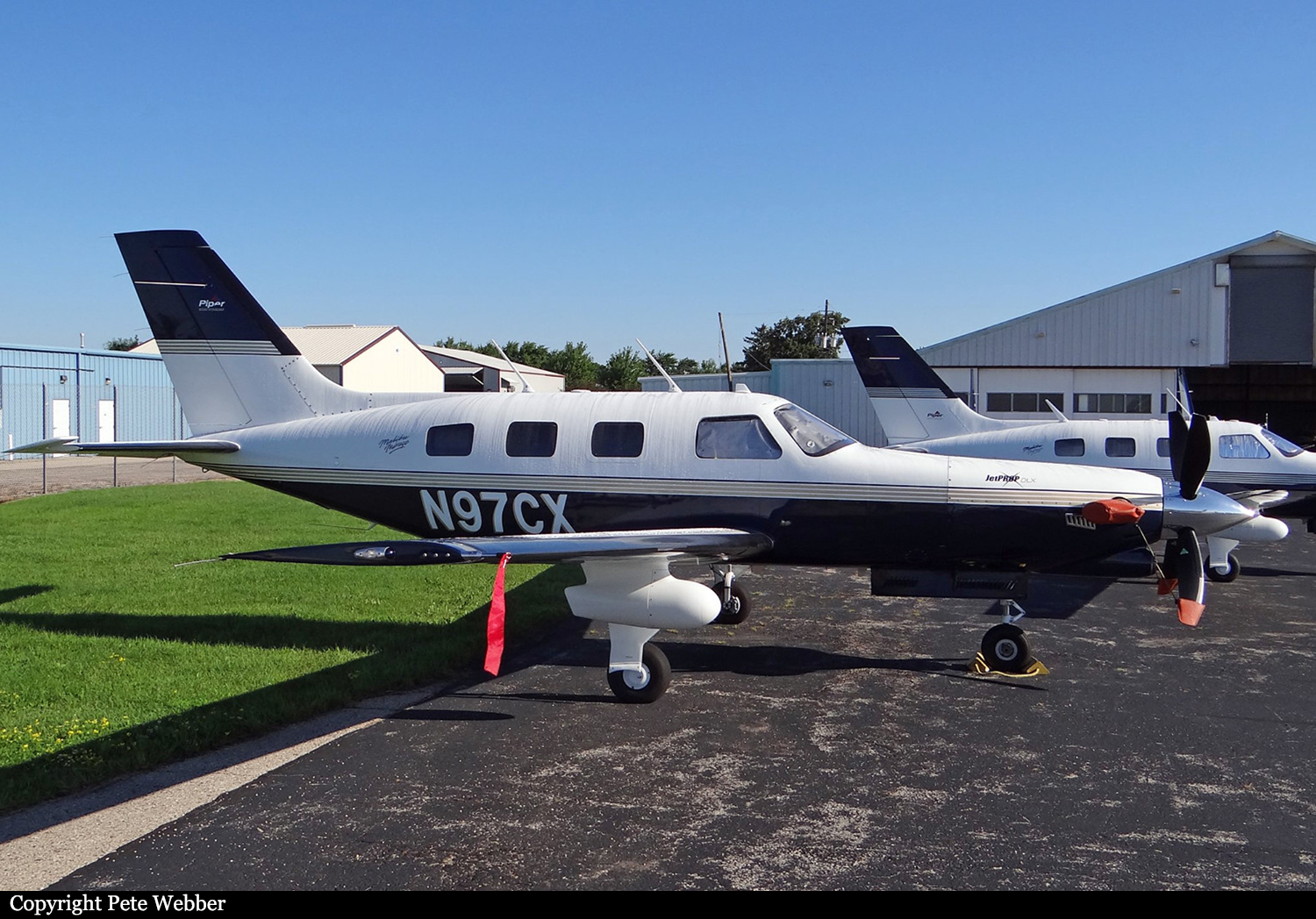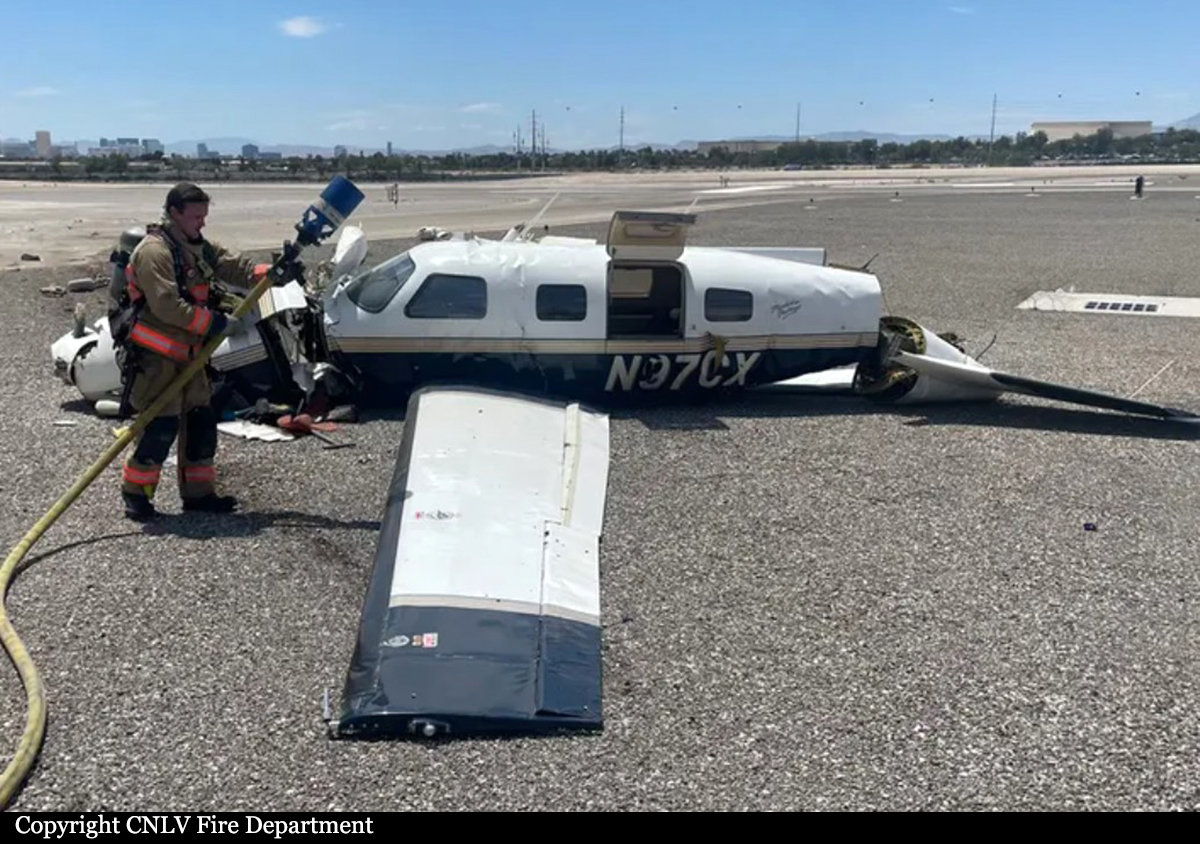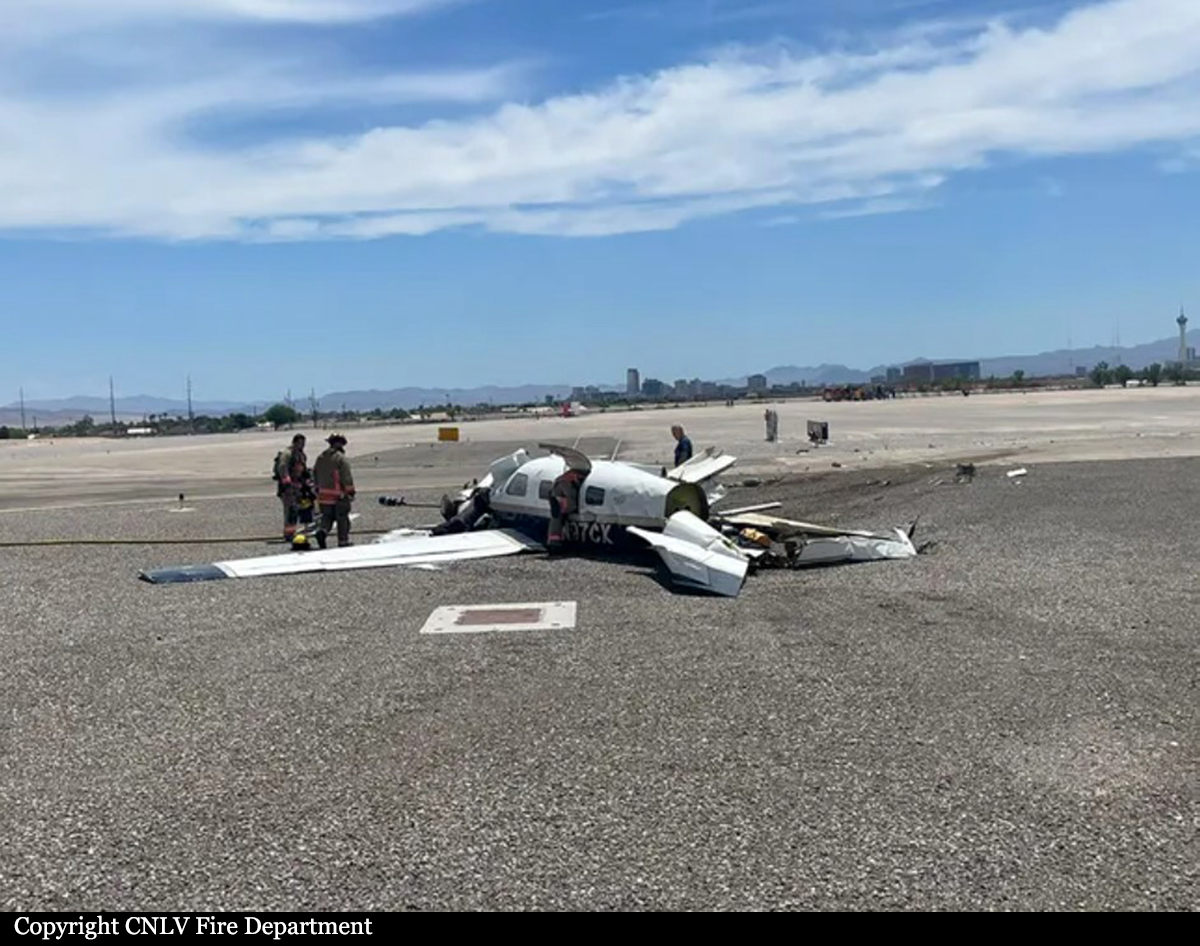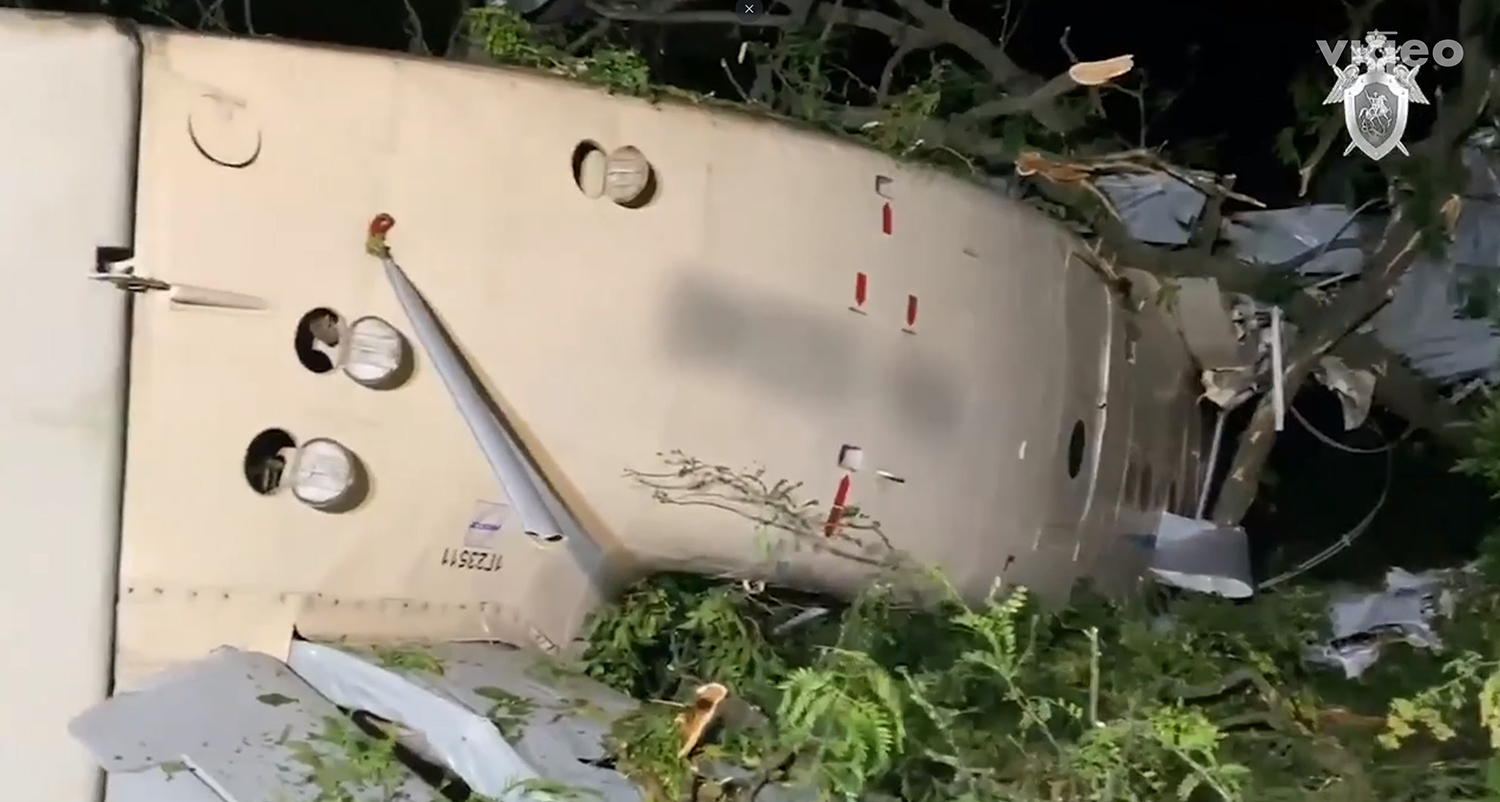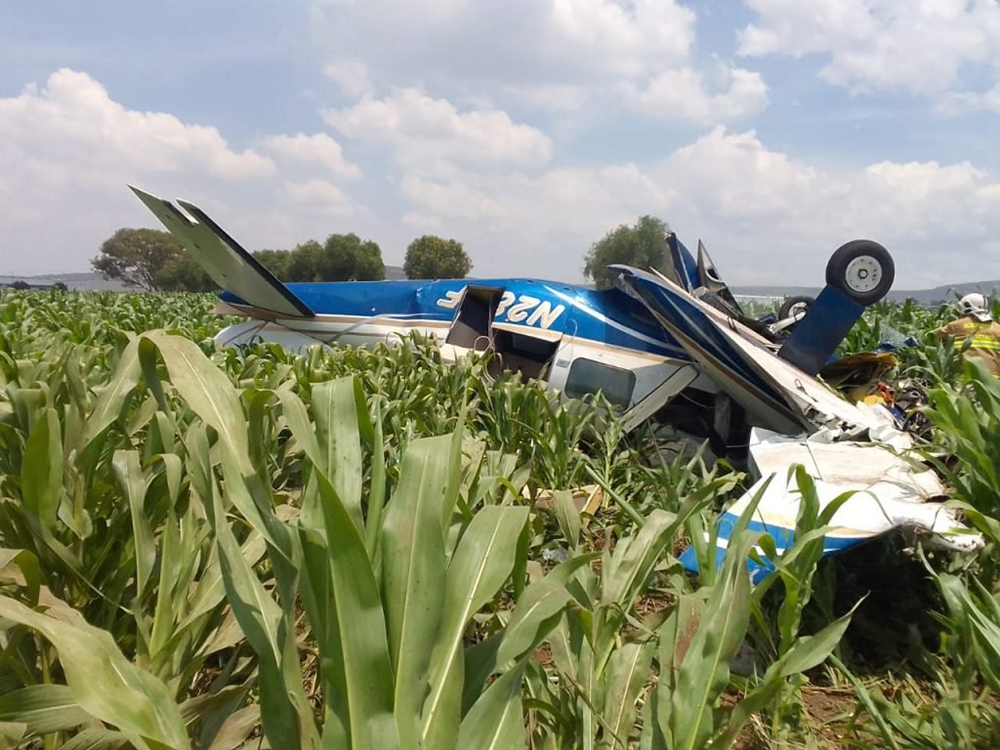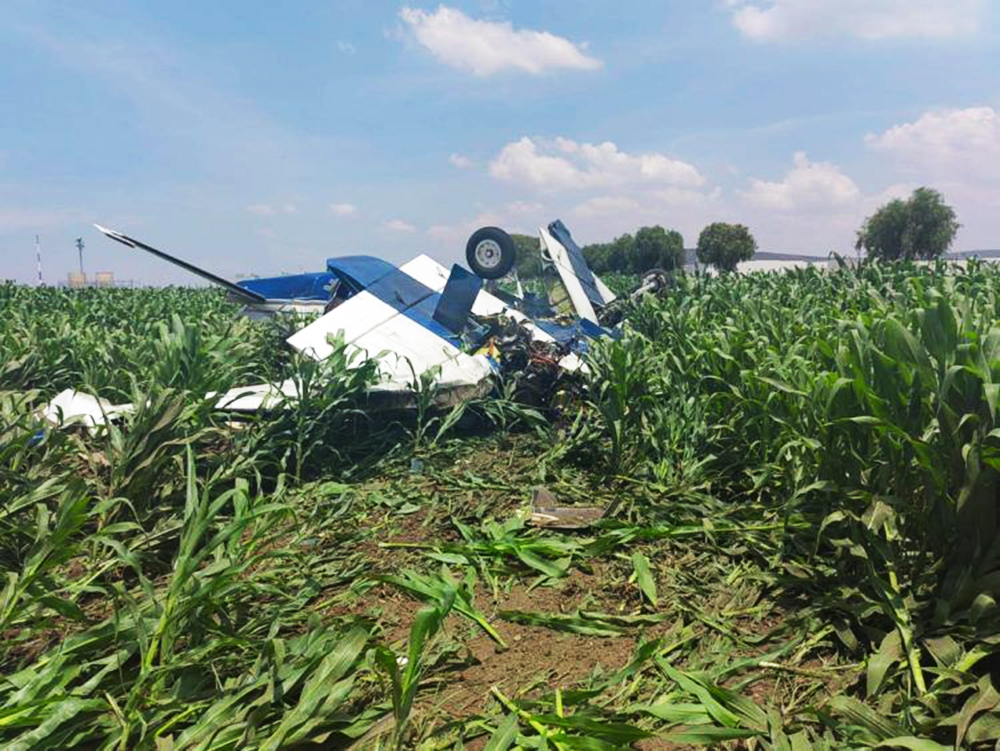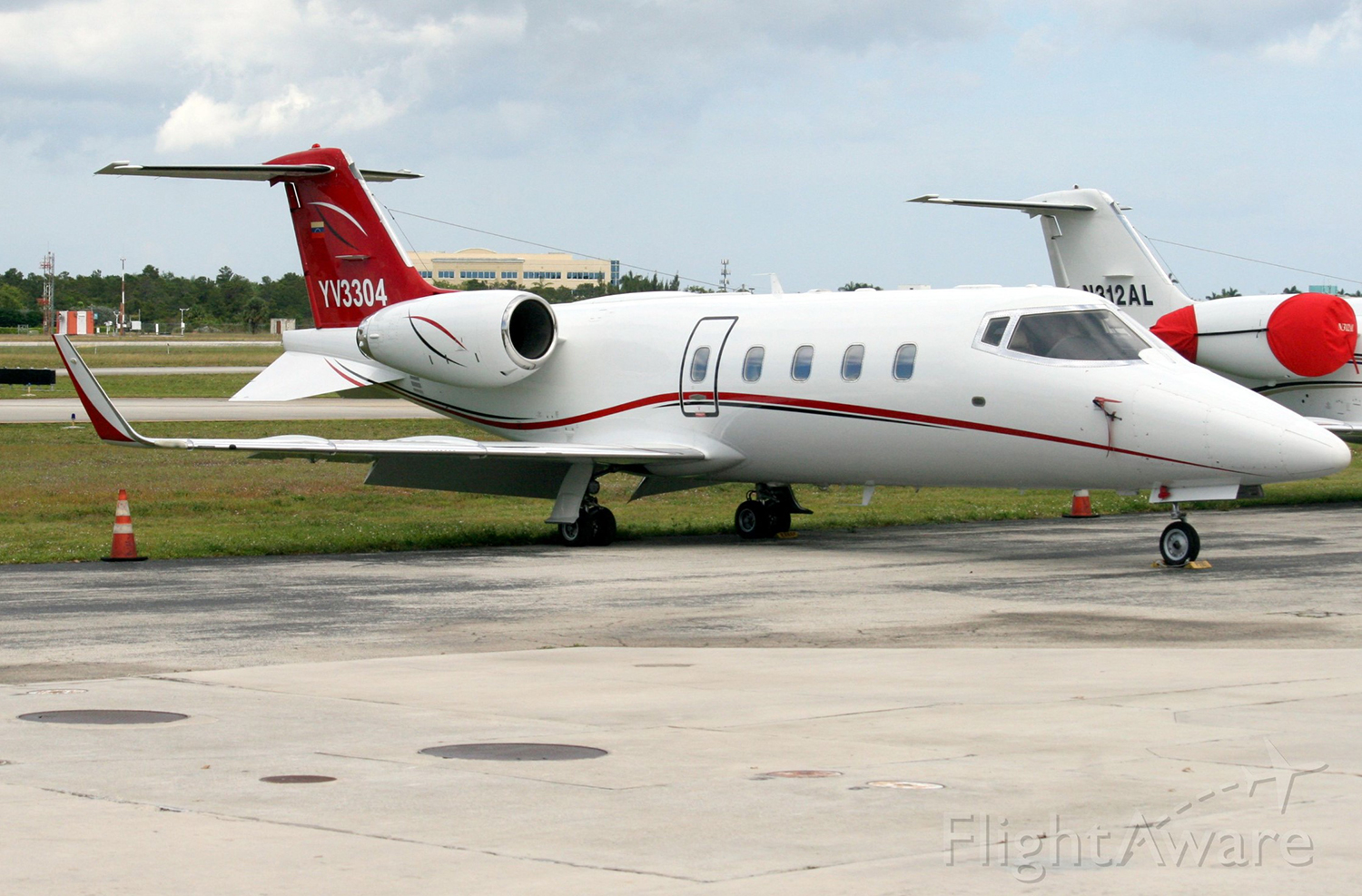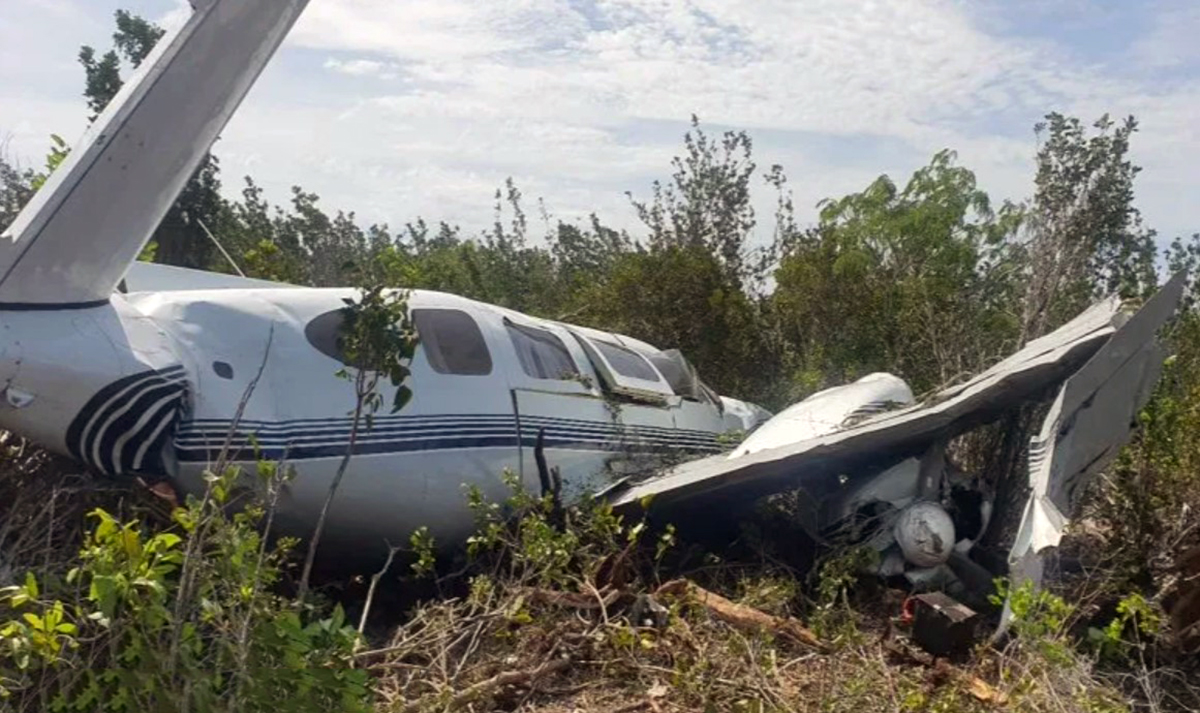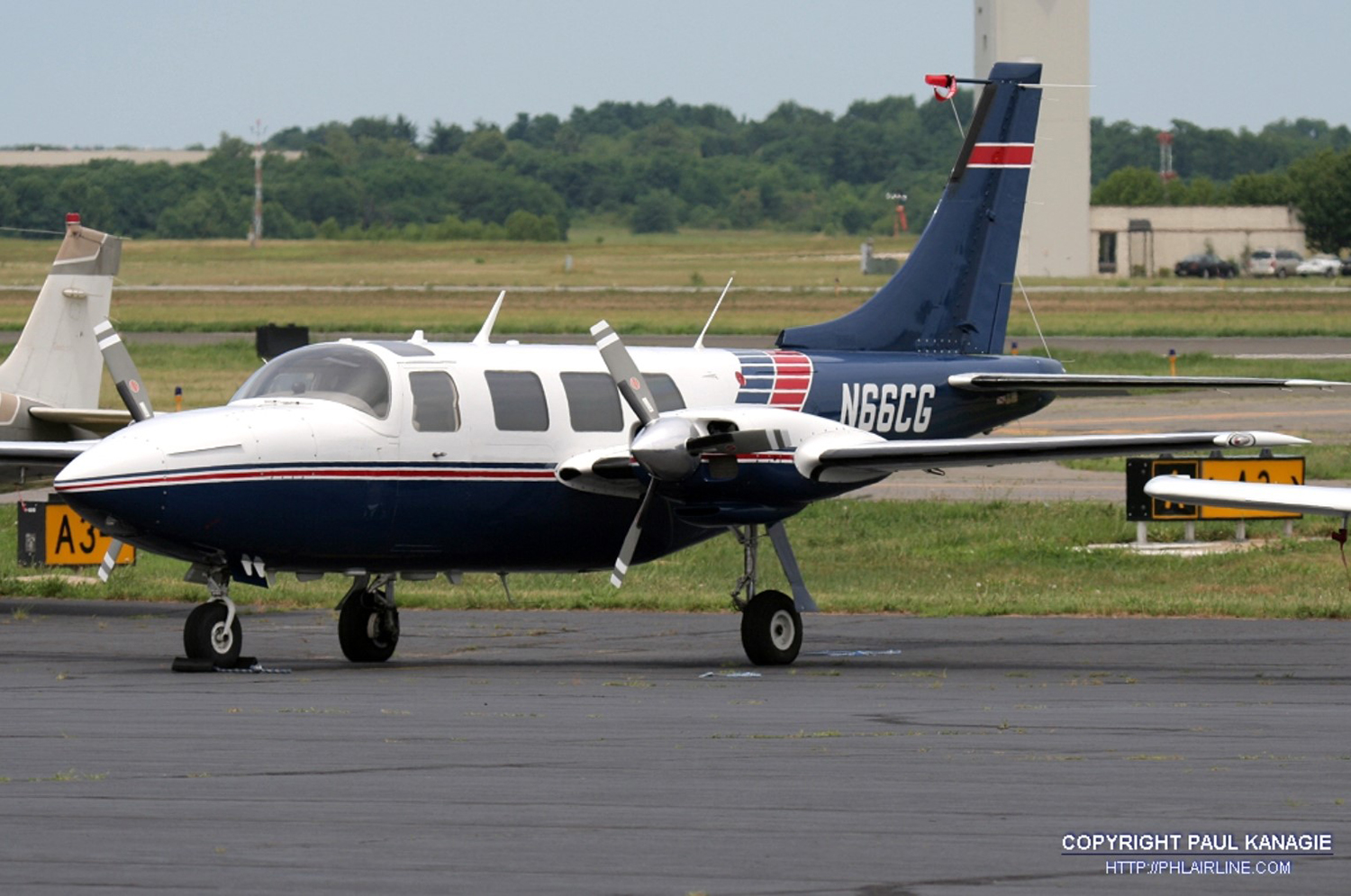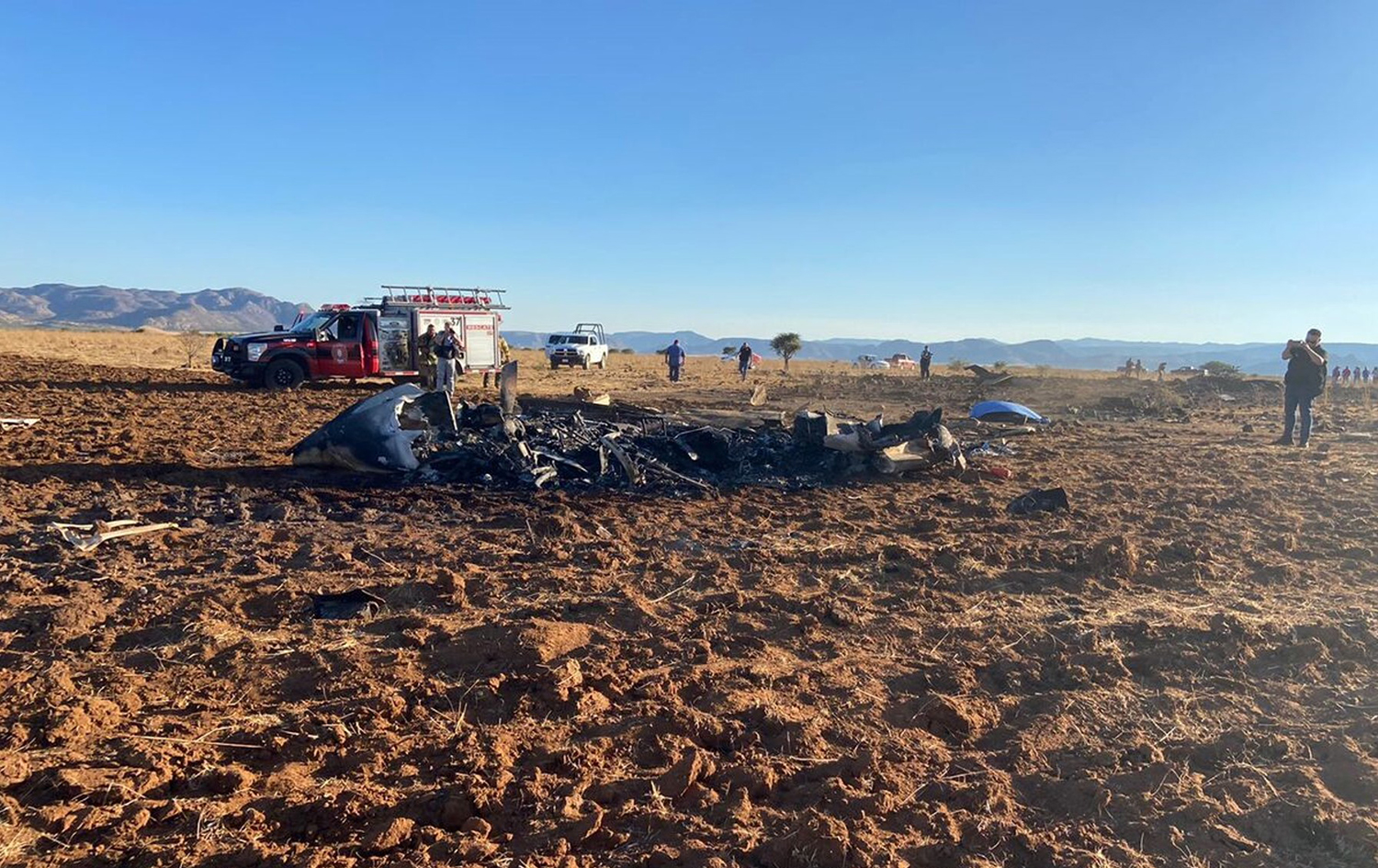Crash of a Cirrus Vision SF50 in Kissimmee
Date & Time:
Sep 9, 2022 at 1502 LT
Registration:
N77VJ
Survivors:
Yes
Schedule:
Miami - Kissimmee
MSN:
88
YOM:
2018
Crew on board:
1
Crew fatalities:
Pax on board:
2
Pax fatalities:
Other fatalities:
Total fatalities:
0
Circumstances:
On September 9, 2022, about 1502 eastern daylight time, a Cirrus Design Corp SF50, N77VJ, was substantially damaged when it was involved in an accident near Saint Cloud, Florida. The private pilot and two passengers were not injured. The airplane was operated as a Title 14 Code of Federal Regulations Part 91 personal flight. The pilot stated that as part of his flight preparation he obtained weather information, then before departure provided a passenger safety briefing. The flight departed Miami-Opa Locka Executive Airport (OPF), Miami, Florida, destined for Kissimmee Gateway Airport (ISM), Orlando, Florida, maintaining contact along the route of flight with several Federal Aviation Administration air traffic control facilities as appropriate. While en route the pilot obtained the automated terminal information service information at ISM, which indicated light rain and ceilings at 4,600 and 3,800 ft. He was informed by the controller to expect heavy rain and the RNAV (GPS) runway 33 approach, circle to land runway 24. He was then instructed to proceeded direct AXMEB (intermediate fix for the RNAV (GPS) Runway 33 approach) and to cross AXMEB at 2,000 ft msl. He selected NAV and VNAV modes of the autopilot to cross AXMEB at 2,000 ft msl. While descending, he reduced engine power to between 25% and 30% and reviewed the approach. The airplane was equipped with a recoverable data module (RDM) which recorded flight and engine parameters. The data reflected that when the airplane was just north of AXMEB, it turned right and flew toward LOJUF, which was the final approach fix (FAF) for the RNAV (GPS) Runway 33 approach. The airplane continued flying in that general direction at 2,000 ft pressure altitude from 1455 until about 1459, with a reduced power setting (20%) for nearly half that time. The pilot stated that he heard an airspeed aural warning and according to the recorded data the indicated airspeed reduced to about 102 knots. The pilot noted that the reduced airspeed was not common for that portion of the approach or the airplane’s configuration. He added an additional 10% to 15% of engine power which usually recovered airspeed, but when it did not, he added additional engine power. The pilot scanned the attitude indicator which was “OK,” and reported that the airplane then made an uncommanded right turn. He disconnected the autopilot, attempted to roll the wings level; about that time the data reflected that the airplane deviated to the left and climbed with the indicated airspeed decreasing. The pilot pushed the nose down to maintain airspeed, which resulted in his laptop and iPhone “floating.” The airplane was in instrument meteorological conditions, and the pilot informed the passengers that he would be deploying the Cirrus Airframe Parachute System (CAPS). The airplane was flying at 119 knots in a slight nose-up pitch attitude, about 45° left roll, and at 3,150 ft pressure altitude when the CAPS activation occurred. The airplane touched down hard in a marsh area behind a house in a residential area and sustained substantial damage. All occupants exited the airplane and were taken to a hospital for evaluation. The airplane was retained for examination.
Probable cause:
An initial statement reports that the airplane crashed following the deployment of the Cirrus Airframe Parachute System (CAPS).

